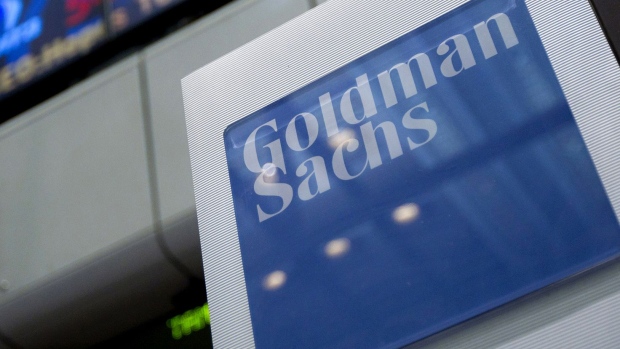Feb 2, 2023
Goldman Traders Reaped More Than $3 Billion in Commodities Boom
, Bloomberg News

(Bloomberg) -- Goldman Sachs Group Inc.’s commodities traders reeled in one of their largest hauls ever last year, solidifying their renewed status inside the firm’s center of power.
Revenue from the desk soared past $3 billion in 2022, according to people with knowledge of the matter, dwarfing windfalls closer to $2 billion in each of the previous two years. After deducting expenses tied to the business, the unit led by Ed Emerson emerged as a key profit engine in a year when the firm’s net income was cut in half to $10.8 billion.
Though the New York-based bank reported results in mid-January, it doesn’t break out revenue and profit from commodities. A company spokesperson declined to comment.
It’s a remarkable turnaround for the once-storied group that was nearing pariah status just five years ago following a long slump. Goldman stuck with the business, and it was still intact when the pandemic and geopolitical tensions began exacerbating dislocations around the world, creating one of the most lucrative environments in a generation for traders focusing on energy, metals and agriculture. For industry participants, that’s stoked hopes for a long-predicted commodities “supercycle” that could last a decade.
Goldman’s prowess in capitalizing on the market frenzy has underscored the importance of its core Wall Street businesses at a moment when the firm is retreating from a foray into consumer banking and looking to slash costs. The company’s newly fused banking and markets division churned out almost 70% of total revenue last year.
The commodities unit draws heightened interest owing to its prominent role in Goldman’s development since the early 1980s, when the investment bank acquired J. Aron & Co. and became a hothouse for a bevy of leaders who subsequently went on to run the firm. But by the end of 2017, the business was in the doldrums, and dealmakers handling corporate takeovers were in ascendancy.
In 2022, wild swings in commodity prices sparked by Russia’s invasion of Ukraine created a particularly profitable period for traders from physical commodity houses to financial market participants such as hedge funds and banks.
Near a Record
Goldman’s performance last year came close to matching its record year of 2009. The bank’s revenue from the business, which at the time included franchise and principal investments, hovered around $3 billion in the years between 2006 and 2009, a US Senate report shows, with the high reaching $3.4 billion in 2009.
Though Goldman’s performance back then made it one of the commodity industry’s most profitable trading franchises, non-bank competitors have expanded dramatically in the years since, especially with regulators reining in what US banks are allowed to do in the business.
For example, Trafigura Group, one of the largest physical traders of oil and metals, reported a $7 billion profit for its fiscal year through September, more than it made in the previous four years combined. Ken Griffin’s Citadel, whose flagship fund made returns of 38% last year, has also grown rapidly to become one of the leading players in commodities markets.
And just last year, Izzy Englander’s Millennium Management poached one of Goldman’s top commodity executives, Anthony Dewell, as it looked to expand in the space.
©2023 Bloomberg L.P.





